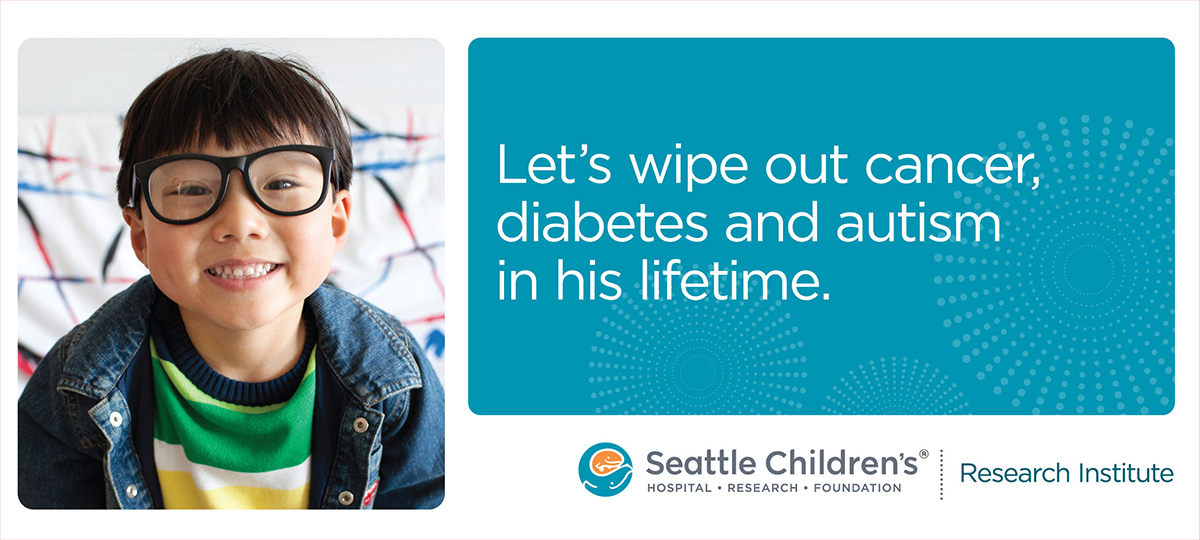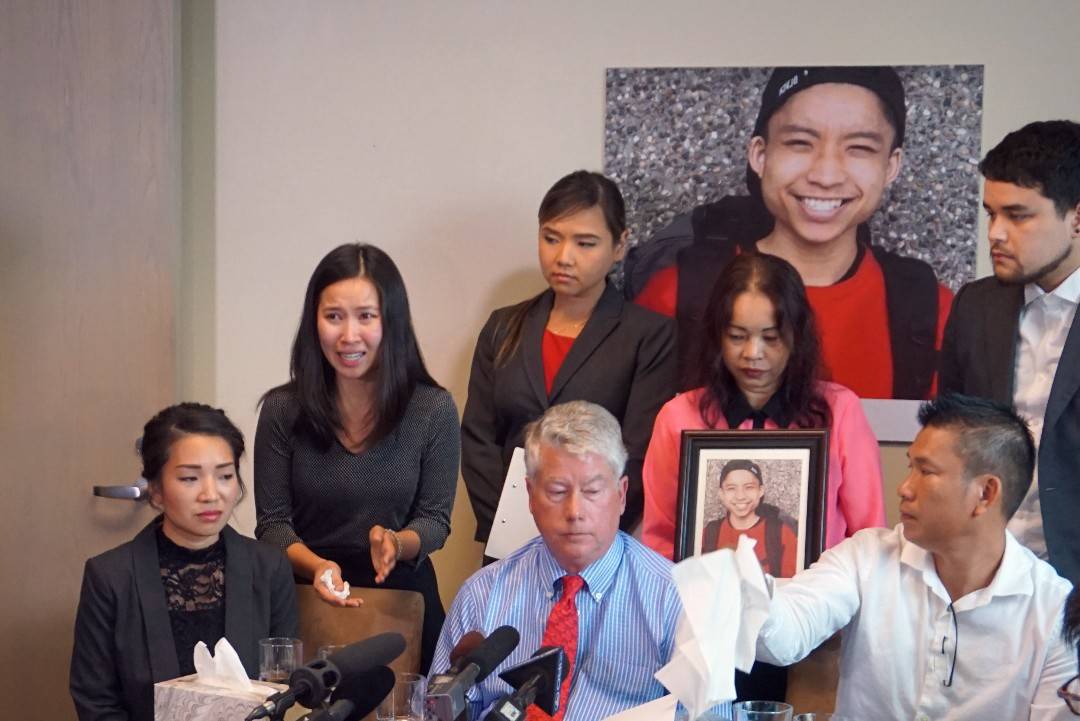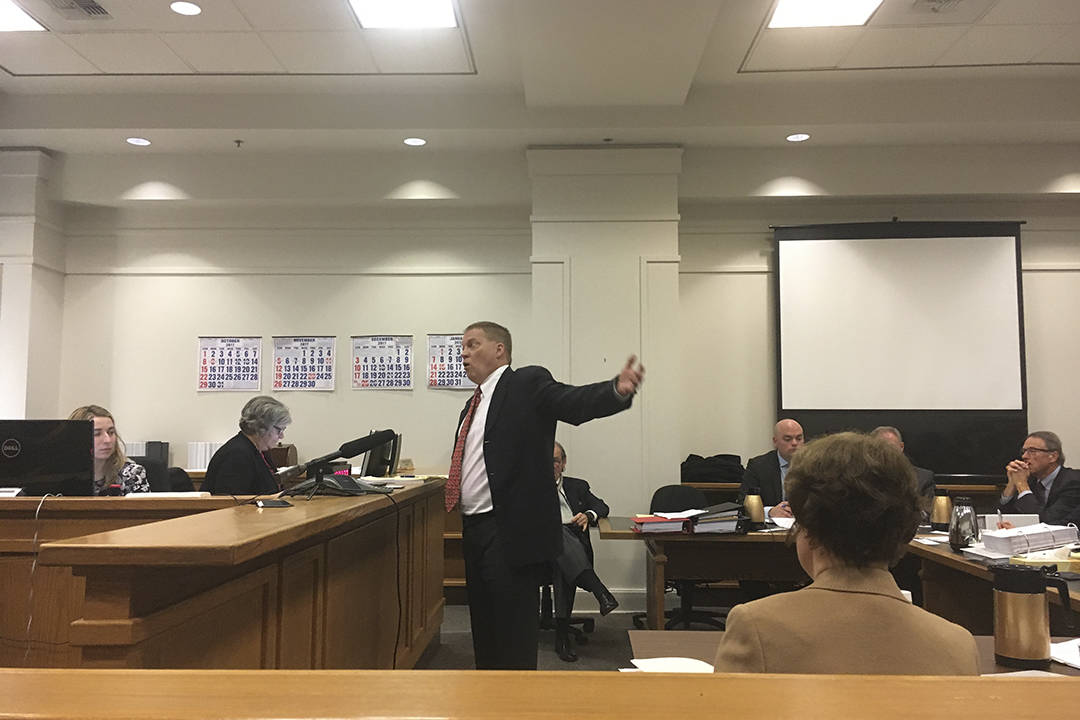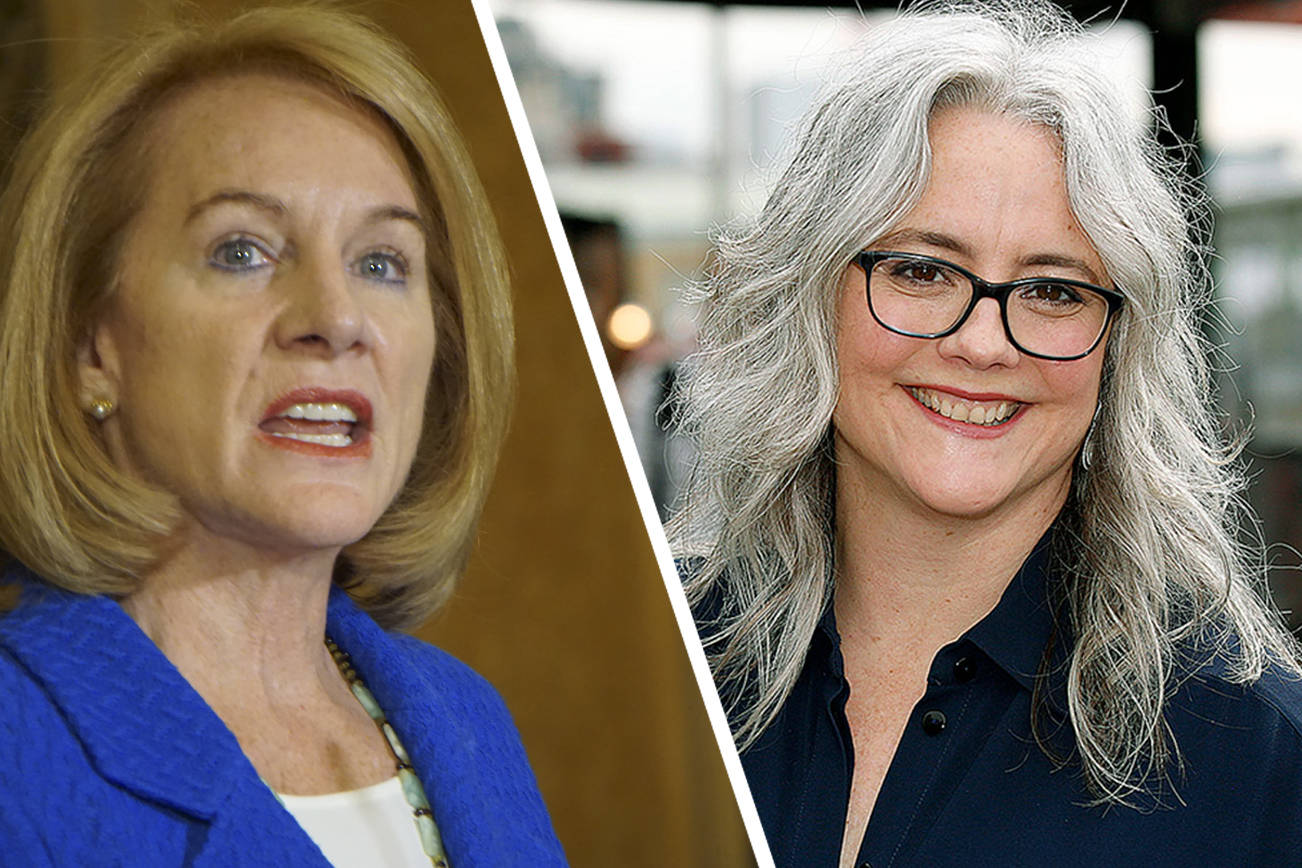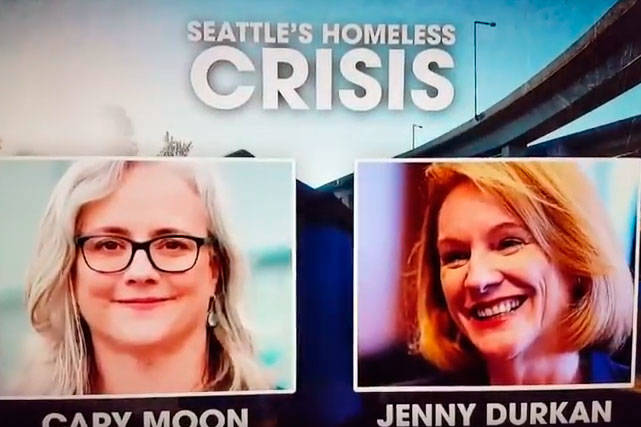It’s 5:45 on a Friday afternoon, and members of the Autistic Self Advocacy Network’s Washington chapter are gathering cross-legged in a basement hallway on the University of Washington campus.
Normally they would hold their monthly meeting inside the campus’ Disability Center, outside whose door they are now sprawled. But a keycard isn’t working and the maintenance staff has started the weekend, leaving the members to digest the biggest week of their group’s existence on the linoleum floors of Mary Gates Hall.
The previous Friday, Seattle Children’s Hospital had agreed, at the group’s urging, to pull a bus ad that called for “wiping out” autism (along with cancer and diabetes). ASAN’s argument: “Wipe out autism, wipe out us.” The ad’s removal was a huge victory, but perhaps more important was the press the episode received, as Seattle reporters bombarded the chapter with interview requests, all curious about what could be America’s next big equal-rights campaign: the right to be autistic. After years of strategizing on how to get Seattle to accept autism—the developmental disability that now affects an estimated one in 88 children in the U.S.— the group’s message was going mainstream.
To that end, before they dug into their July agenda, ASAN members obliged a Seattle Weekly reporter and reeled off the challenges they face—the challenges not of being autistic, mind you, but of living in a society that doesn’t accept them.
“There are lots of places we can’t go, lots of places we can’t access,” says Matt Young, the chapter’s co-chairman. Finding a job can be tortuous, keeping one near-impossible: According to one University of Missouri researcher, only a third of autistic people ages 16 to 65 are employed, their wages and hours far lower than the national average. But one of the biggest hurdles autistic people face is often in their own homes, the ASAN members say, as parents put them through behavioral therapy after behavioral therapy trying to render them more “normal.”
“Instead of looking at their own behavior,” Lee Lyubov Steadman says about many parents of autistic children, “the sole focus is on the child. People aren’t adjusting their environment.”
In other words, ASAN doesn’t want a cure. It wants acceptance.
The fight for what’s been dubbed “neurodiversity” is by no means new, though it is gaining steam. And despite the quick victory scored by ASAN—Children’s had run the ad for only about a week before pulling it—neither is the fight universally accepted. Rather, it’s sparked bitter debate among the autism community, with some advocates nervous that it could unwittingly lead people to dismiss autism as a quirk rather than a disability.
Many in the autism community charge that ASAN’s views are valid for people who can live with some level of autonomy, but could be harmful to people with more severe forms of autism.
Playing a major role in ASAN-Washington’s campaign to get the bus ad pulled was ASAN national president Ari Ne’eman, a lightning rod for criticism both for his at-times-strident remarks about other autism groups and his high prominence in the disability community whom Wired called “the first autistic presidential nominee.” A petition to block his 2010 appointment to the National Disability Council enumerated the arguments against his movement.
“Mr. Ne’eman and a small faction within the autism community may personally oppose prevention and cure, as is their right, but they do not represent the majority of people on the spectrum, particularly those who are so impaired that they face a lifetime in institutional settings at taxpayers’ expense,” the petition reads. “ . . . Mr. Ne’eman has obscured the harsh reality of autism with rhetoric. His litany of words—‘paradigms, infrastructures, neurodiversity’—does not address the real-life problems of people with autism, particularly those most profoundly impaired. Rhetoric and denial will not end the suffering.” (It should be noted that Age of Autism, the group that issued the petition, holds many minority views itself, including the unproven belief that vaccinations are to blame for some cases of autism.)
Far more diplomatically, Arzu Forough of Washington Autism Alliance & Advocacy worries that the recent press coverage in Seattle could mislead the public about the nature of autism and obscure how serious the condition can be. Forough supported pulling the ad, and repeatedly calls for various autism groups to work together to advocate for support. But she says the points made by ASAN in many media over the last week are only part of the picture.
“A lot of people don’t understand what autism is, they don’t understand that it’s actually a disability,” says Forough, the Eastside mother of an autistic son. “Their perception is that these are individuals who may be quirky and they may just have some minor differences, and they really don’t understand the depth of support that some individuals with autism need.
“To that segment of the population, what played out with Seattle Children’s last week really won’t help them understand autism better.”
Back at Mary Gates Hall, the members of ASAN say they’ve heard it all before, and stick to their core message: If more thought was put toward accommodating autism rather than fixing it, autistic people would be far better off.
“People say ‘You’re too high-functioning to understand,’ ” Lyubov Steadman says. “You never met me when I was 10 years old. I was that kid.”
